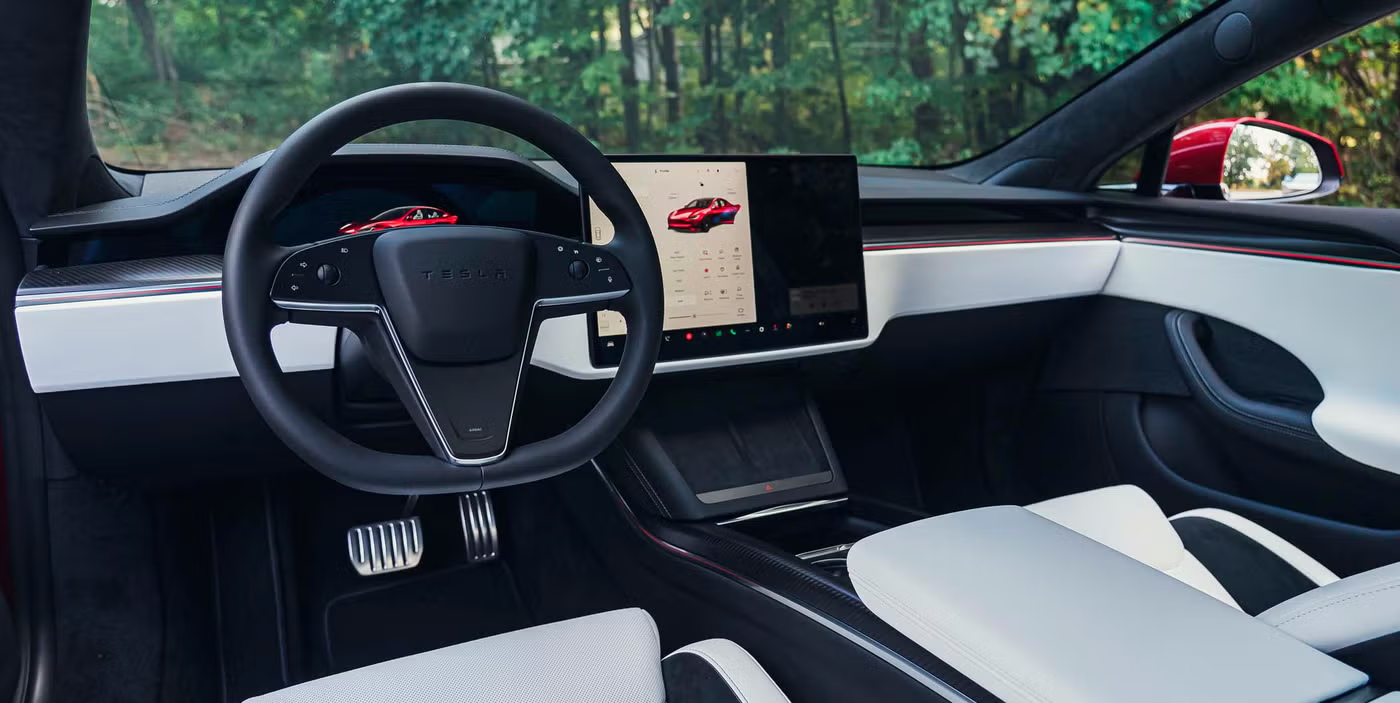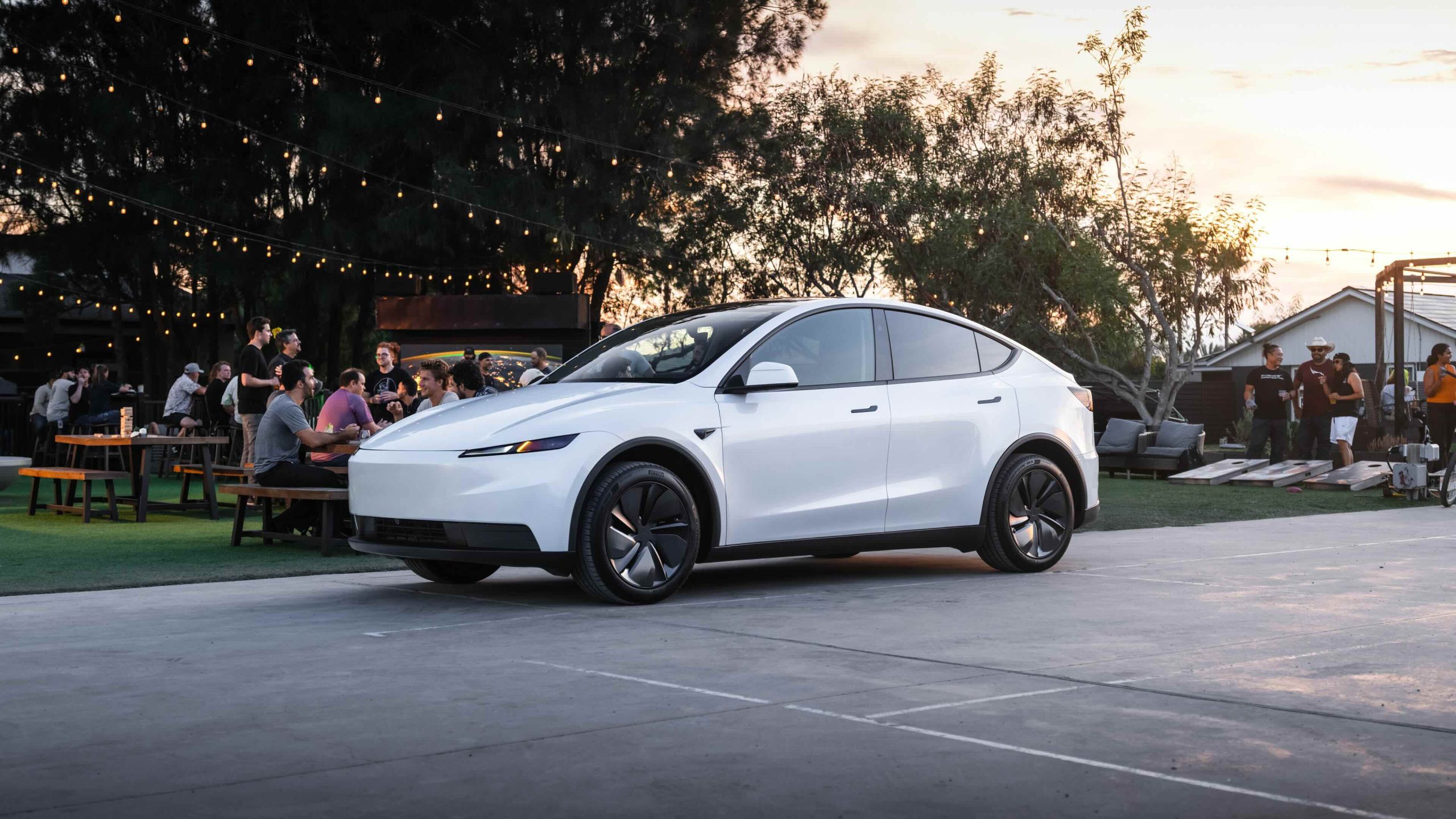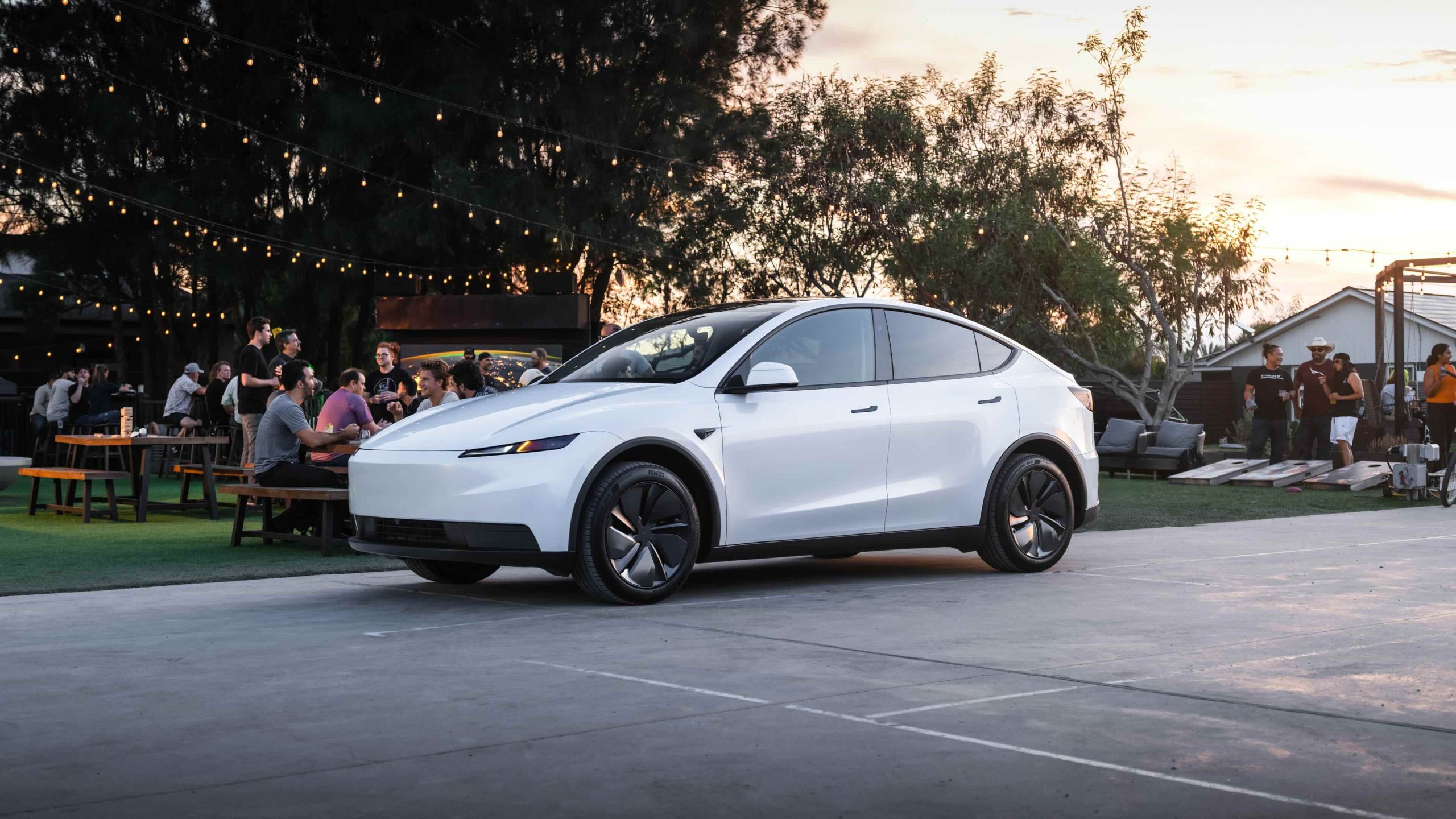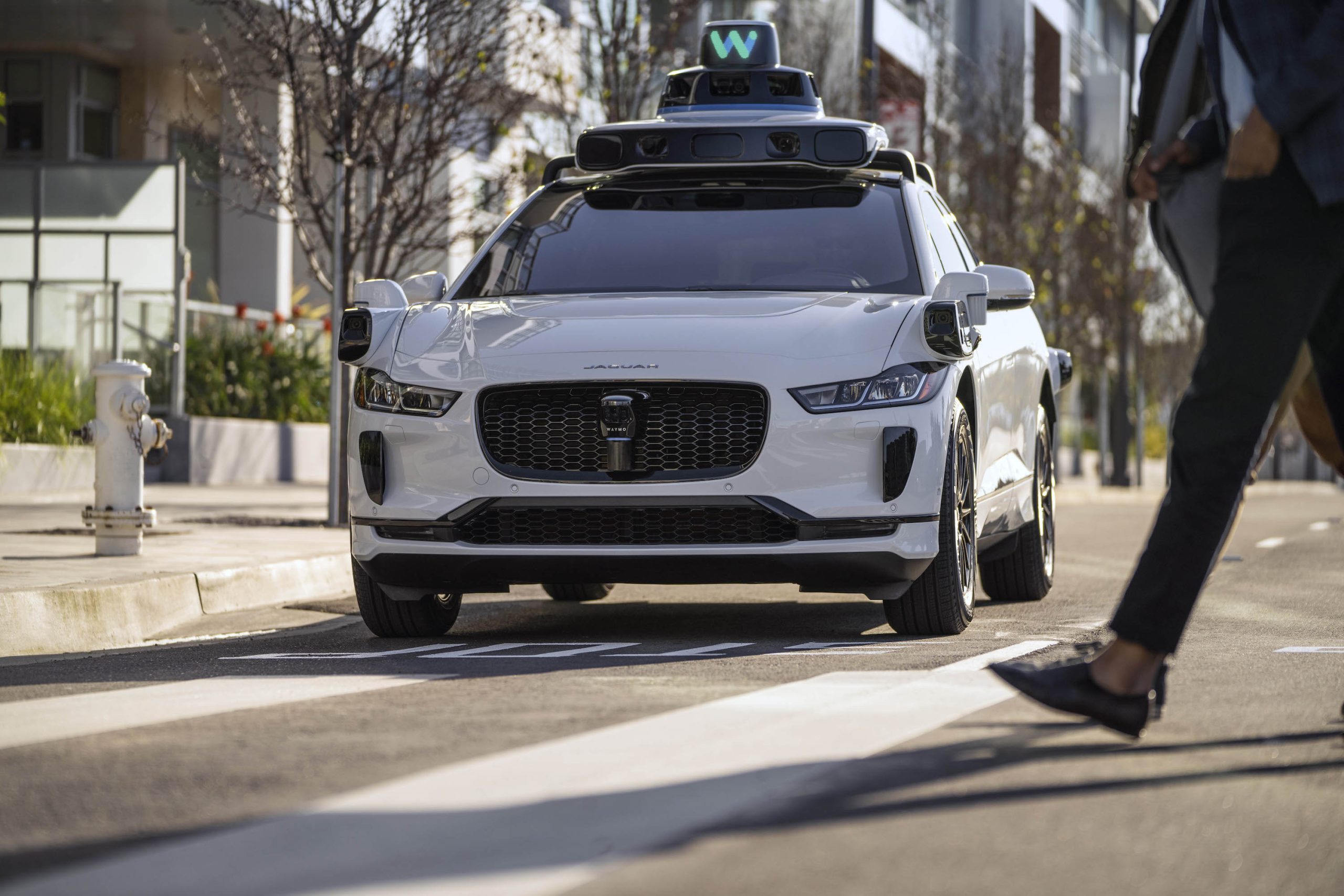GM and LG Energy Solution to Pioneer LMR Battery Cell Technology
Covers infotainment, ADAS and software updates. Daily: Hyundai Ioniq 5. Project car: NB Miata with a homebrew CarPlay retrofit.
General Motors and LG Energy Solution are set to revolutionize the electric vehicle market with the introduction of lithium manganese-rich (LMR) prismatic battery cells. This groundbreaking innovation, aimed at future GM electric trucks and full-size SUVs, marks a significant advancement in battery technology. The collaboration between these two giants builds upon their existing partnership and highlights GM's commitment to pioneering new technologies in the automotive industry.
The development of LMR battery cells represents a noteworthy milestone in the transition towards more efficient and cost-effective electric vehicles. By leveraging the properties of manganese, these new cells promise a 33% increase in energy density compared to traditional lithium iron phosphate batteries, all while maintaining a competitive cost. Such advancements are set to enhance the performance and range of electric trucks and SUVs, potentially exceeding 400 miles per charge. This could position GM as a leader in the electric vehicle market, particularly in segments demanding high range and performance.
The partnership between GM and LG Energy Solution is not new, but the focus on LMR technology is a fresh chapter in their collaboration. With pre-production expected at an LG facility by late 2027 and full commercial production in the United States by 2028, the timeline is set for a swift rollout. The final design and validation of these cells will occur at GM's Battery Cell Development Center in Warren, Michigan, underscoring the strategic importance of this collaboration to both companies' future plans.
The choice of manganese as a primary material in the LMR battery cells is both a strategic and financial decision. Manganese is less expensive than other commonly used materials like cobalt and nickel, which are crucial for battery cathodes. This cost efficiency does not come at the expense of performance; rather, it allows for high energy density and capacity, making these batteries an attractive option for consumers looking for more affordable electric vehicles without compromising on quality or range.
This new battery technology is part of GM's broader strategy to diversify its EV offerings. As explained by Kurt Kelty, GM's VP of battery and sustainability, LMR batteries will complement the existing high-nickel and iron-phosphate solutions, expanding consumer choice in the electric truck and SUV markets. This flexibility in battery technology is crucial as GM aims to cater to a wide range of consumer needs while advancing American battery innovation and creating new jobs.
LG Energy Solution's role in this partnership is pivotal, given its extensive experience and robust portfolio in battery technology. With over 200 patents in LMR technology, LG Energy Solution brings crucial expertise and innovation to the table. The company’s commitment to sustainable practices and its strong global network further bolster the partnership’s potential to set new standards in the EV industry.
Ultimately, the introduction of LMR battery cells is a testament to the innovative spirit driving the automotive industry towards a sustainable future. As GM and LG Energy Solution prepare to launch this technology, they are not just advancing battery technology but also reinforcing strategic investments in domestic battery production and the responsible sourcing of critical materials. This development aligns with their long-term vision of an all-electric future, positioning them as leaders in the ongoing evolution of transportation.
About Noah Stein
Covers infotainment, ADAS and software updates. Daily: Hyundai Ioniq 5. Project car: NB Miata with a homebrew CarPlay retrofit.



